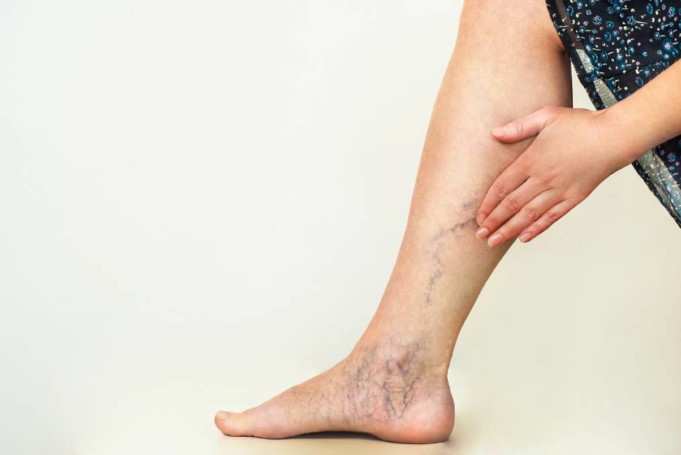Varicose veining is a condition that affects men and women in the leg area. The condition is caused by venous reflux disease and can create unsightly coloring of the veins as well as pain and itchy. Healthy veins in the leg area will allow the blood to flow correctly to the heart and back through continuously. However, when this condition is present, the blood will flow backwards and can cause blood pooling and clotting.
The longer the condition exists, the more serious it can become. Patients who are suffering from varicose veins can face health issues, pain in the leg area and serious blood clotting issues. When the first sign of varicose veining occurs, patients need to seek treatment.
The first round of treatments will consist of resting, pain medication and compression stockings. If the condition is further involved, a patient will need to undergo minimally invasive procedures such as Sclerotherapy, Endovenous Ablation and Phlebectomy.
Despite the treatment options, it is best to avoid the issue of varicose veins. There are many cases when the condition is unavoidable but there are options for remaining free from the condition taking place again. Below are a few examples of what to do to avoid the condition.
Standing and Sitting
Individuals need to avoid standing or sitting to try and avoid the varicose veining issue. By standing on your feet for long periods of time, additional stress is placed on the veins of the legs. When sitting, individuals need to not cross the legs. This can place stress on the veins as well. Keep the legs when raised, sitting or sleeping. This can help to improve circulation and keep the blood flow in line with the
heart.
Physical activity
Another option to help with varicose veining is to practice physical activity. With the legs moving, muscle tone is improved and the circulation is at maximum potential. Any movement such as walking or running can help to improve circulation.
Weight
It is also important to consider weight. When a person is overweight or considered obese, the additional weight can place a strain on the legs which will then place strain on veins. Blood flow will be strained so with weight loss, the flow is improved and can help to avoid varicose veining issues.
Tight Clothing
Individuals who wear tight clothing can also be subject to varicose veining. Individuals should avoid wearing tight clothing so that the blood circulation is improved. Without circulation, blood is not able to reach certain areas of the body and pooling or clotting can occur. To avoid this, wear clothing that fits properly and comfortably.
Footwear
Another important factor is footwear. Individuals should avoid wearing high heels, especially for a long period of time. High heels can place additional strain on the lower leg area and anyone who suffers from this condition should avoid wearing heels to put extra strain on this area.
Shoes with lower heels will help to tone the calf muscles and with this toning, the blood will be able to move at an improved rate through the veins. If the condition has existed for some time, these aspects may not work. You will need proper treatment from a physician. In many cases, an IVC filter placement is needed to be able to catch blood clots that can occur during the condition of varicose veins.
A cardiothoracic vascular surgeon is one that completes this procedure. To avoid this type of treatment, and varicose veining conditions, take care of your body and overall health. Consult a physician to see what else you can do to avoid this disease.












